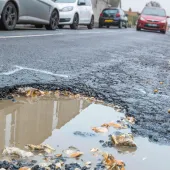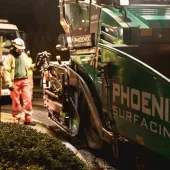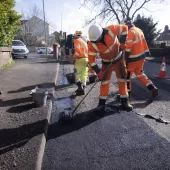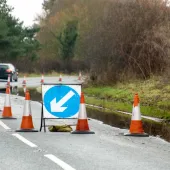The Money Pit – Solving the Potholes Problem
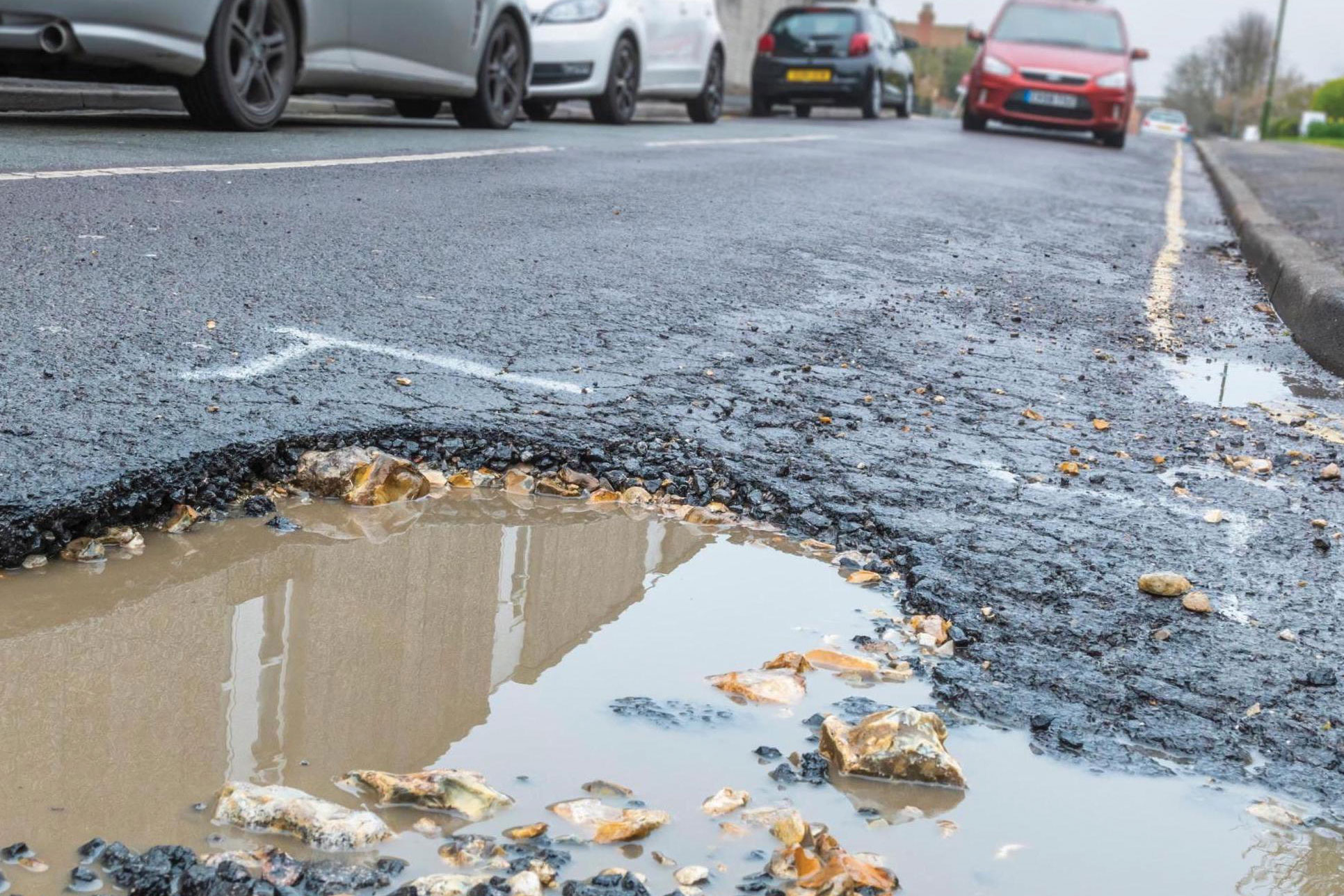
First published in the January 2021 issue of Quarry Management
Potholes have been an endless source of frustration for road users across the UK, with insurance companies paying out millions each year in car repair claims. Matthew Bastable, from BPH Attachments, examines how our highways have become failing infrastructure in need of urgent repair
Each year, around 38.4 million vehicles travel on Great Britain’s network of 246,700 miles of road, which is crucial for connecting communities, the movement of goods and maintaining the economy. According to the Department for Transport, 66% of vehicle miles travelled in 2019 were on motorways and ‘A’ roads, with the remainder travelled on minor roads. Although local authorities are attempting to repair roads as quickly as possible, potholes have continued to plague the country’s road network, damaging vehicles and posing a danger to road users, which in some circumstances have been fatal.
Vulnerable road users are especially at risk. Figures from the Department for Transport show that more than 250 cyclists have been killed or seriously injured due to poorly maintained roads in the last five years. Most recently, one woman from Lancashire was sadly killed during a 50-mile bike ride after hitting a 2.5in deep pothole and losing control. Another woman from Merseyside was also involved in a fatal crash, after a pothole caused her to veer into the path of an oncoming car.
Potholes in the UK have been increasing at an alarming rate over the past few years. According to the Asphalt Industry Alliance (AIA), 11% of England’s roads (excluding London) are in poor condition, with a further 25% showing some deterioration. The AIA estimated that more than 22,000 miles of road were likely to require maintenance in 2020 at a cost of £9.8 billion to local authorities over the next 10 years. On average, however, each local authority faces a £4.1 million shortfall in annual carriageway maintenance budgets – a figure that has increased year on year and is only likely to get worse as budgets are cut.
Concerns about adequate funding have persisted for years, but according to the AIA’s data, the cost of filling potholes has fallen from more than £70 to nearly £50 in the last 10 years. What this does not reflect, however, is the quality of the repairs undertaken or the longevity of the surface dressing.
It is clear there is no quick fix to the pothole problem. Limitations on local authorities have meant that pothole repairs have become a reactive issue rather than a proactive problem in need of solving. The less frequently a road surface is fully replaced, the more likely it is to have problems with degradation, including the formation of potholes – creating an endless cycle of pothole, repair and repeat.
Unrepaired potholes have a huge impact on the taxpayer. In the last year, local authorities have paid out £22.5 million in compensation claims due to road surface defects. Utilizing taxpayer money to upgrade the road networks would be a far better use of funds than paying compensation claims.
Issues with potholes do not just include the costs associated with carrying out the work, but also the time taken to complete the repairs. Roadworks can cause a huge headache for those using the road networks, often creating long tailbacks and adding time to journeys. The average driver will spend more than a day a year sitting in traffic at a cost of more than £1,100 in wasted fuel and time.
There are hopes that innovations made in recent years will address this problem. Whilst traditionally many contractors have used road planers or ‘top cutters’ to strip the tarmac so that an excavator can then dig a trench for the replacement section, plant machinery attachments are proving to be invaluable for both time and cost savings. For example, the PRODEM Patch Planer, which can be mounted directly on to an excavator or skid-steer already on site, removes the necessity for separate, large road-planing equipment and cuts 120mm deep in two passes. Such equipment has been proven to reduce both the time taken and the costs involved to undertake repairs.
Meanwhile, some councils are opting to trial new materials and technologies. These include ‘self-repairing’ asphalt, recycled plastic fillers and automated paving technology to help improve surfacing quality. Automated paving technology will collect data that can be combined with manufacturing information to create an accurate record of the condition and material composition of a road.
The future for pothole maintenance is hazy. There is no clear or unified consensus across local authorities or government as to how the issue will be solved in the long term. What is apparent, however, are the consequences of allowing our highways to deteriorate without planned and preventative maintenance or regular road resurfacing. As roads worsen, not only do the costs and time of resolving problems increase, but injuries and fatalities will continue to occur – and nobody should have to pay for a pothole with their life.
- Subscribe to Quarry Management, the monthly journal for the mineral products industry, to read articles before they appear on Agg-Net.com


